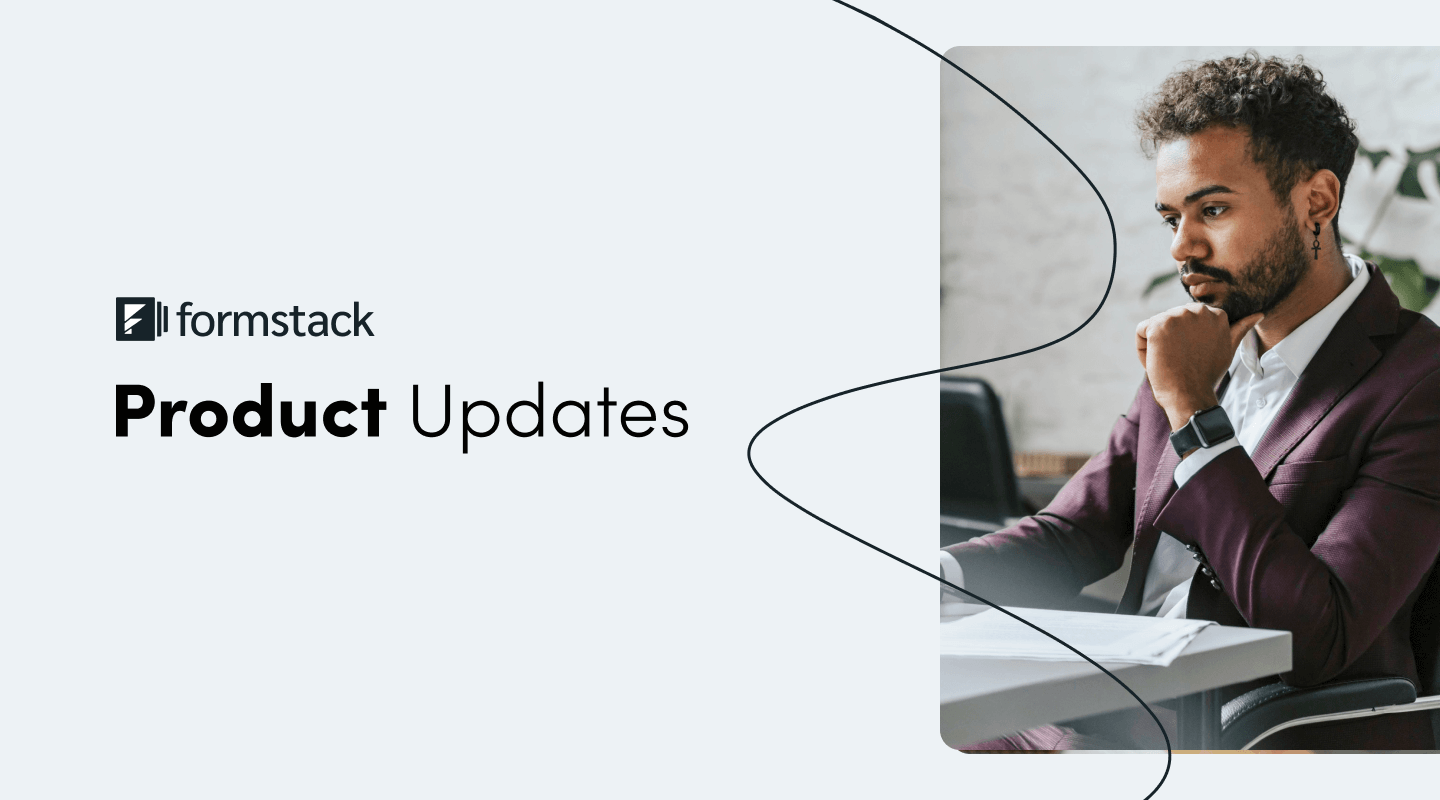The hiring and onboarding processes can be extremely complex for colleges and universities. Higher education institutions often bring in hundreds of new employees every year—from professors to student workers to administrators to dining service personnel. Hiring and onboarding these employees can involve dozens of hiring managers across various departments and even multiple campuses. And the institutions must adhere to a number of strict state regulations for educational employers.
Not surprisingly, higher ed HR teams can have a hard time tracking all the paperwork and tasks required to welcome new employees. This is a big problem since flawed onboarding leads to poor employee retention, which negatively affects enrollment numbers.
If you’re struggling to manage the complexities of your institution’s onboarding process, there is hope! Creating an automated, digital process can significantly standardize and streamline higher ed onboarding. Here’s how online onboarding forms and an automated workflow can put you on the path to success:
New Hire Paperwork
Completing onboarding paperwork is traditionally a paper-driven process—and it's cumbersome, to say the least. Think about all the onboarding forms new campus employees are required to submit, such as these:
- Employment contracts
- Personal data forms
- HR payroll forms
- I-9 verification form
- Campus ID forms
- Employee handbook acknowledgment form
- Confidentiality agreement forms
- System security acknowledgment and access forms
- State-required notification forms
Digitizing these onboarding forms can save your university—and its new employees—a lot of time. Online forms are not only easier (and faster) for new hires to complete; they are also easier for the university to manage (think online database or portal versus physical file cabinet). Other key benefits include the following:
- Creation of digital records that can be retrieved easily and referenced in case of audit
- More accurate data collection due to built-in validity checks and required fields
- High-level protection of sensitive employee data via advanced security features
Onboarding Workflow
Paperless onboarding forms are the first step to more efficient onboarding at your institution. The second step? Implementing an automated workflow tool that takes advantage of your digitized onboarding paperwork to further streamline the process.
Does your onboarding process require one or more in-person meetings? Do you use paper documents that have to be physically routed to the appropriate departments? An online workflow tool can eliminate these tasks and cut even more time off your process.
With an online onboarding workflow, hiring managers and HR team members can be automatically notified when new hires complete the necessary paperwork. They can easily access the paperwork in an online system and review and approve from their computers or mobile devices. The automated workflow tool can also be connected to other technologies to further streamline the process and eliminate manual data routing.
End Result
Turning your cumbersome onboarding workflow into an efficient, multi-step, digital process is beneficial for new hires, hiring managers, and your HR team—as well as the university or college as a whole. It helps ensure new hires are ramped up quickly and receive appropriate and timely compensation, which leads to better employee retention. It also helps ensure the institution remains in good standing via compliance with state regulations.
Once you’ve perfected your onboarding process, consider other processes that could benefit from a digitally automated workflow. Not sure where to start? Click here to get inspired!










